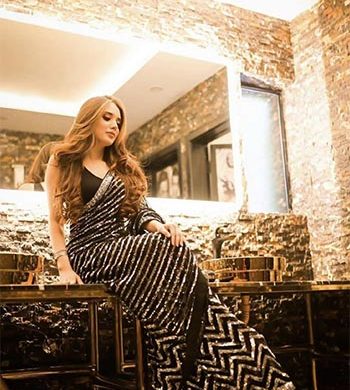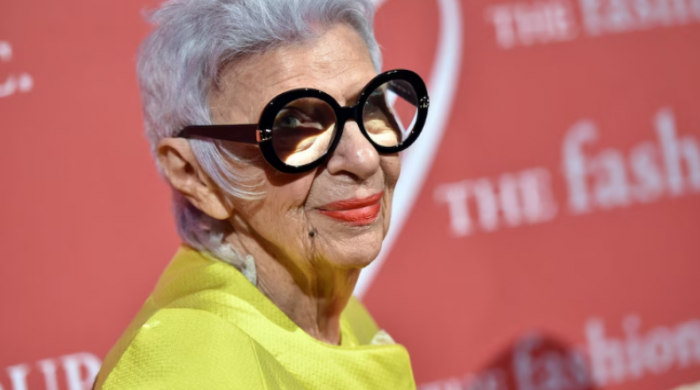Does spinach make you strong? Ask Popeye and science

- Update Time : Saturday, July 3, 2021
- 176 Time View

If you were a kid raised anytime between the 1930s and the 1970s — or raised by someone who was raised then — chances are good that you grew up with the idea that spinach was a muscle builder par excellence.
We owe that notion to a comic-strip cartoonist named Elzie Crisler Segar, who created a character that he based on a rough-edged, hard-drinking local from his Illinois hometown. Segar christened the character “Popeye,” a sailor who debuted in a strip in 1929.
By 1933, when he began to appear as one of the lead characters in an animated cartoon series called “Thimble Theatre,” Popeye was getting instant strength from spinach.
And he needed it, thanks to an assortment of enemies on the high seas and terra firma alike. Whenever the diminutive mariner downed a can of spinach, muscles inflated, enabling him to pound the stuffing out of his archnemesis — a piratical sailor called Bluto — who was much larger and sturdier, but lacking that secret green rocket fuel.
The legend of Popeye — and the source of his superpower — long outlasted the character. But, experts say, answering the question of whether spinach really does make us stronger takes some complicated turns.
The science of spinach
One point that could support the spinach-strength connection is that it contains plenty of nitrates, “which might improve muscle endurance,” said Norman Hord, chair of the University of Oklahoma’s Department of Nutritional Sciences. These nitrates are rapidly depleted during exercise or physical exertion and replenishing them “increases force production in exercising skeletal muscle.”
“More research is being done now to determine if increased nitrate in muscle translates to increase muscle strength and improved athletic performance,” Hord added.
Fitness and exercise guru Timothy Ferriss (born in 1977 and perhaps too young to have caught the Popeye bug) does not cite the ack-ack-acking sailor when, in his book “The 4-Hour Chef: The Simple Path to Cooking Like a Pro, Learning Anything, and Living the Good Life,” he recommends a “slow-carb” diet of eggs, meat, fish, lentils and spinach as the quickest path to weight loss as well as overall fitness.
This jibes well with Hord’s observation that spinach contains plenty of vitamin K, which helps lower blood pressure and the risk of cardiovascular disease. Unless it’s cooked beyond recognition, spinach is also a good source of vitamin C. It has no cholesterol or fat.
Harold McGee, the dean of culinary science, argued that there are better sources of strength-building minerals. “Despite Popeye, spinach is not remarkably rich in iron, though it is a good source of vitamin A,” he wrote in his now-classic book “On Food and Cooking: The Science and Lore of the Kitchen.”
Though the iron of the pumping-iron set isn’t what McGee means, it’s iron that you want for sculpting bulging biceps and an admirable six-pack.
How to get the benefits of spinach
Atlanta-based nutritionist Rahaf Al Bochi touts the vegetable’s overall health benefits.
“I recommend adding spinach to your eating pattern as it is loaded with antioxidants and vitamins such as folate, magnesium, and vitamin A, as well as fiber, which are important for reducing risk for chronic diseases,” Al Bochi said.
It’s also loaded with other substances that boast a variety of benefits. Spinach has plenty of lutein, which is believed to support eye health and reduce the incidence of macular degeneration, a concern mostly of people 55 or older. The level of lutein drops substantially as spinach is cooked but is increased if used in liquefied form, so to gain this benefit, it’s best eaten in a smoothie. according to a 2019 study published in Food Chemistry.
Leafy greens of many kinds, including cruciferous vegetables such as broccoli and bok choy, are known to inhibit heart disease and stroke, as well as certain cancers. Spinach joins these, with the greatest benefits derived from these vegetables in their raw or lightly cooked form.
Finally, a diet that includes green leafy vegetables such as spinach, kale and greens, containing all the good things that Al Bochi noted, seems to help slow cognitive decline. A 2018 study of 960 older adults published in Neurology reported that those who consumed 1.3 servings a day or more were, cognitively speaking, an average of 11 years younger than those who included little or no leafy vegetables in their diet.
Are there any drawbacks?
Even with all its potential, Popeye’s favorite food does have a few downsides. Spinach, especially raw spinach, can lend some people a, well, gassy air. Spinach may taste bland to some palates, but it contains enough sodium naturally that salt doesn’t need to be added to it—if you want to perk it up, it’s better to add lemon juice than salt, since too much sodium is empathically not a good thing.
“Too much of any food is not healthy,” Hord said. “Spinach contains oxalic acid, which may bind minerals in the diet, like calcium, and render them unavailable for absorption.”
If you’re concerned about getting enough calcium in your system, it may be well to leave spinach out of the cheesy lasagnas in which it is so often deployed. Too much oxalic acid is also a recipe for kidney stones, and therefore, Hord added, “this may negatively affect people” who are susceptible to them.
The vitamin K in spinach also “can interfere with the function of blood thinners like warfarin. People taking blood thinners may want to limit their intake of spinach for this reason,” Hord said.
Adding spinach to your diet
Now, with all these provisos in mind, what’s the best way to put spinach to work? All due respect to Popeye, a can may not be the tastiest way to introduce it to your table. Many people enjoy raw spinach in their salad. This is usually fine — just remember that spinach can be a good vehicle for E. coli, Listeria and other harmful bacteria and germs.
For this reason, the US Centers for Disease Control and Prevention recommends that spinach be cooked at 160º for 15 seconds, which kills potentially fatal bacteria. Lightly sautéing fresh spinach in a drizzle of olive or avocado oil meets this baseline, and it’s tasty and nutritious as well. Another option is to wash spinach and other leafy greens thoroughly in running water before eating them.
“It’s so versatile and can be enjoyed raw or cooked. You can enjoy spinach added to salads, smoothies, muffins, sautéed in stir fries, soups, and in pesto,” Al Bochi said.
It’s versatile and tasty, to be sure. But does spinach make you strong? Perhaps not explosively strong, Popeye strong. But spinach has plenty of other merits, so if you’ve got a yen for the green stuff, don’t hesitate to enjoy it. Just not out of a can, if you please.





















